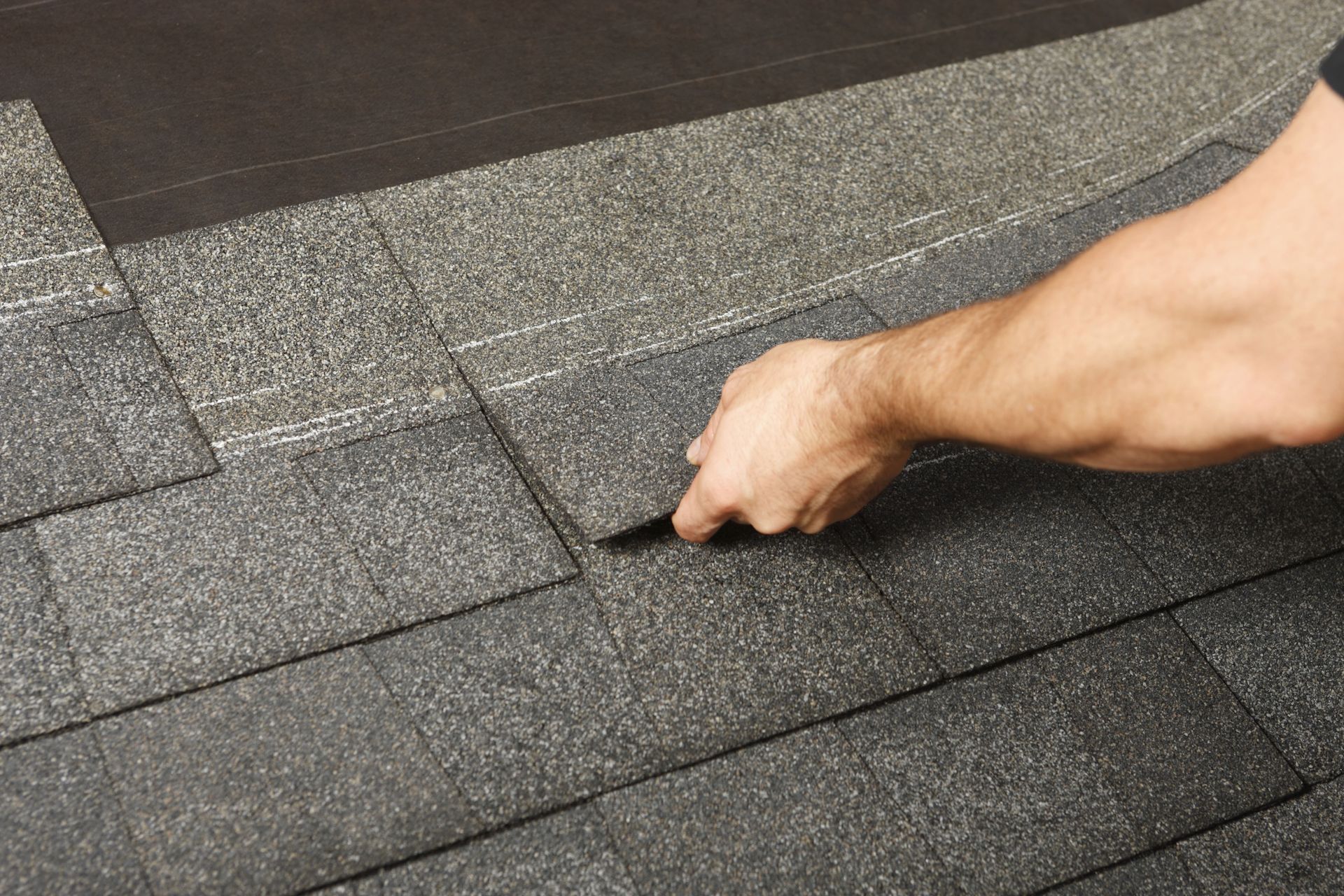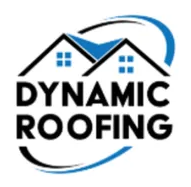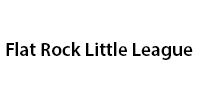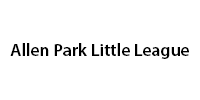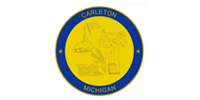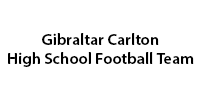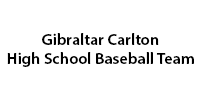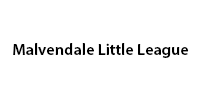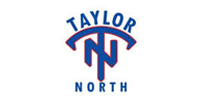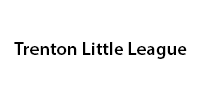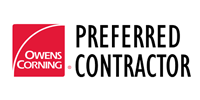November 10, 2025
Understanding when a roof replacement is necessary can be challenging for homeowners. This article explores how roofing professionals assess the need for replacing a roof, helping property owners make informed decisions. Addressing factors such as roof age, visible damage, structural issues, environmental factors, and energy efficiency, we delve into the criteria professionals use. We also offer insight into consulting with roofing services for accurate evaluations. The objective is to arm homeowners with the knowledge needed to protect their investment.
Assessing the Age of Your Roof
The age of your roof plays a significant role in determining the necessity for a roof replacement. Different roofing materials have varying lifespans, and understanding these can guide maintenance and replacement planning. Regular maintenance can extend the lifespan of any roof material, ensuring performance beyond average expectations. Evaluating roof age also involves considering advancements in materials that might provide better longevity and energy efficiency.
Material composition has a direct impact on roof longevity. For instance, while wooden shingles offer aesthetic appeal, they require more upkeep and generally have a shorter lifespan compared to more modern materials. Conversely, metal roofing systems are durable, often resisting weathering for decades. Shingle roofs are more prone to wear from the sun, wind, and other environmental conditions, contrasting with the resilient nature of tile and slate options. Advanced materials with reflective surfaces can contribute to energy efficiency while extending roof life.
Manufacturer warranties provide insight into expected roof performance and longevity. These warranties often stipulate the duration for which the manufacturer anticipates the material will last under normal conditions. They serve as a guideline for replacement considerations, though regular maintenance and inspections are critical components of upholding warranty terms. According to This Old House, you should have your roof professionally inspected at least once every 12 months to identify potential issues before they exacerbate. Ignoring the age factor, coupled with neglecting annual inspections, can lead to unforeseen deterioration.
Examining Visible Roof Damage
Visible roof damage is a clear indicator that a roof replacement might be necessary. Damage such as shingle curling or buckling suggests that the material is reaching the end of its life expectancy or is suffering from poor installation. Moisture can lead to shingle distortion, and if left unaddressed, it could compromise the roof's protective barrier. Detecting buckled shingles early allows homeowners to address potentially pervasive underlying issues. Roofing professionals look for patterns of damage as these often hint at systemic installation failures rather than isolated incidents.
Missing shingles significantly impair a roof’s ability to guard against weather elements. Aside from their role in weatherproofing, shingles add structural integrity and aesthetics. A common reason shingles go missing is severe weather, which can loosen their attachment over time. However, poor installation practices may also lead to shingle loss, especially if nails are improperly placed. Repairing or replacing missing shingles promptly prevents further damage to the roof’s underlayment and potential leaks into the home's interior.
Granule loss on asphalt shingles signifies aging or damage. Granules are vital as they protect shingles from UV rays and improve fire resistance. Professionals assess roof conditions for granule accumulation in gutters, signaling deterioration. Excessive granule loss can lead to thinning shingles, higher susceptibility to leaks, and eventual roofing failures. Timely intervention can delay a full roof replacement by repairing affected areas and extending the roof’s functionality.
Evaluating Structural Issues
Structural integrity is crucial for a well-maintained roof, and professionals meticulously check for signs of sagging. Sagging indicates too much weight on the framework, often resulting from excess moisture or weak structural elements. This issue not only compromises aesthetics but could also signal severe load-bearing concerns that must be repaired before a catastrophe occurs. Addressing sag promptly can prevent larger and more expensive structural damage. Identifying the root causes is essential for ensuring long-term roof stability.
Moisture and rot undermine roof integrity by eroding support structures and potentially leading to health hazards like mold. Moisture intrusions can originate from leaks, poor flashing, or inadequate ventilation. Persistently damp conditions accelerate deterioration, leading to rot or compromised insulation. Professional roofing inspections focus on identifying moisture sources and evaluating the need for remedial action. Regular maintenance and preventive measures help guard roofs against moisture-related damage.
Proper attic ventilation and insulation are integral to maintaining roof integrity and performance. Ventilation ensures that moisture does not accumulate in the attic space, which prevents structural damage and mold growth. Inadequate insulation, on the other hand, can lead to energy losses and create temperature imbalances that affect roofing materials. By ensuring sufficient ventilation and insulation, professionals aim to maximize roof life and maintain structural soundness. Inspections prioritize identifying and resolving deficiencies in these areas.
Considering Environmental Factors
Weather and climate significantly impact roof durability, affecting how long materials can last until a new roof replacement. Rain, snow, sun, and wind each uniquely contribute to wear and degradation of roofing components. Regions that experience extreme weather, such as hurricanes or heavy snowfall, require more robust materials or additional maintenance. Roofing professionals familiarize themselves with the environmental demands of an area to recommend suitable material selections and maintenance plans. Regular inspections help preempt weather-related failure by reinforcing vulnerabilities.
Storm damage requires immediate attention to prevent further deterioration of the roofing system. Strong winds, hail, and debris can all cause considerable harm to the roof’s surface and its underlying structures. After a storm, professional assessments help identify both visible damage and less apparent structural impairments. Quick response to storm aftermath ensures proper repair actions, preserving the roof’s condition and safeguarding homes from leaks. Understanding the potential impact of storms is a key factor in timely roof damage assessment.
The impact of trees on roofing cannot be understated; they provide shade but can also damage roofs. Overhanging limbs may scratch surfaces while shedding leaves that clog gutters and increase moisture exposure. Roots can also interfere with foundation structures if too close. Professionals evaluate tree influences during roof inspections, recommending appropriate pruning or other mitigation actions as needed. By managing tree proximity effectively, homeowners can reduce potential risks and maintain roof health.
Analyzing Energy Efficiency Loss
Changes in utility bills often reveal underlying roofing problems that affect energy efficiency. Professionals investigate surges in heating or cooling costs as a potential sign of poor roof insulation or air leaks. A well-constructed roof plays a crucial role in regulating home temperature, enabling energy savings. Differentiating seasonal fluctuations from efficiency losses requires a thorough assessment, sometimes leading to recommendations for energy-efficient roofing solutions. Understanding these aspects provides homeowners with clear options for improving their home’s thermal performance.
Identifying temperature variations within the home can help detect roof-related efficiency losses. Professionals take note of hot and cold spots that might indicate poor insulation or venting issues in the roof structure. Thermal irregularities compromise comfort and indicate energy wastage, prompting professionals to assess roof condition and insulation adequacy. Solving these inefficiencies can result in significant savings on heating and cooling expenses. A thorough evaluation ensures all aspects of temperature regulation are addressed.
Deciding to replace a roof is a major investment. By understanding the key factors that professionals consider, homeowners can make sound choices that protect their investment and ensure the longevity of their homes. For a roof replacement, contact Dynamic Roofing MI today!
